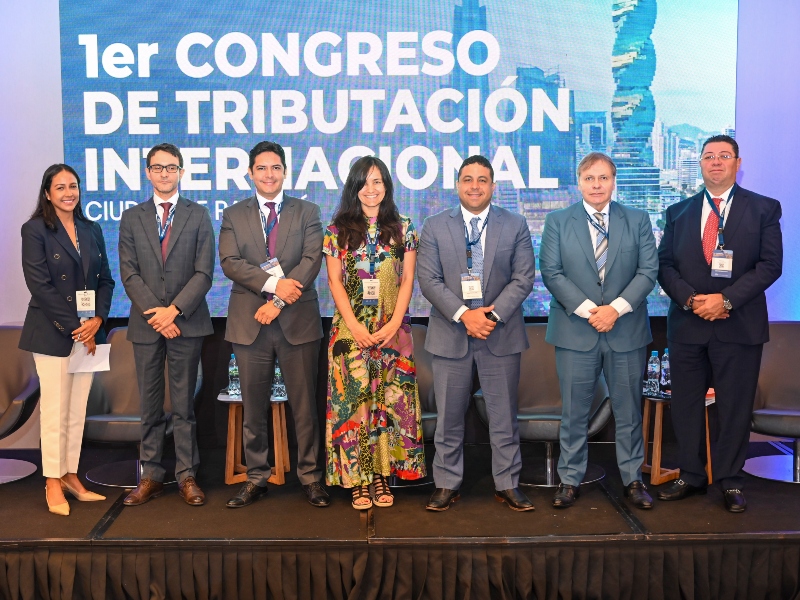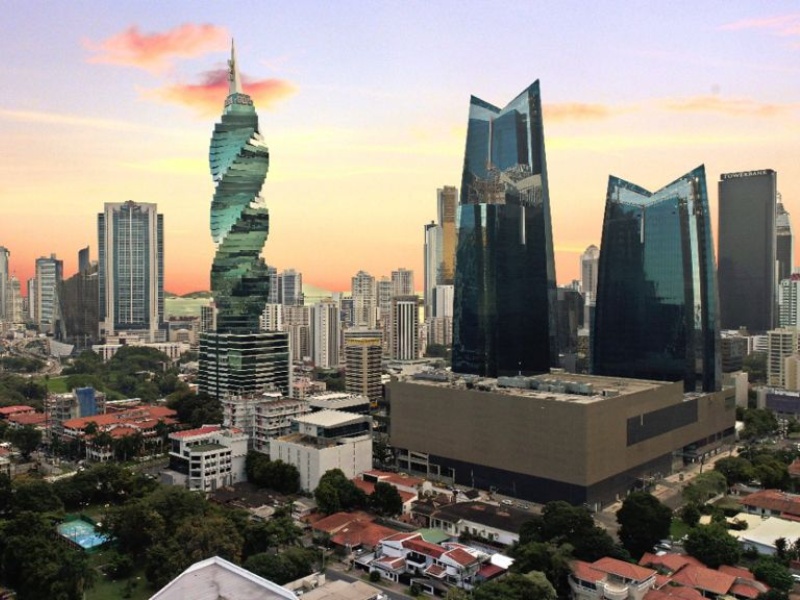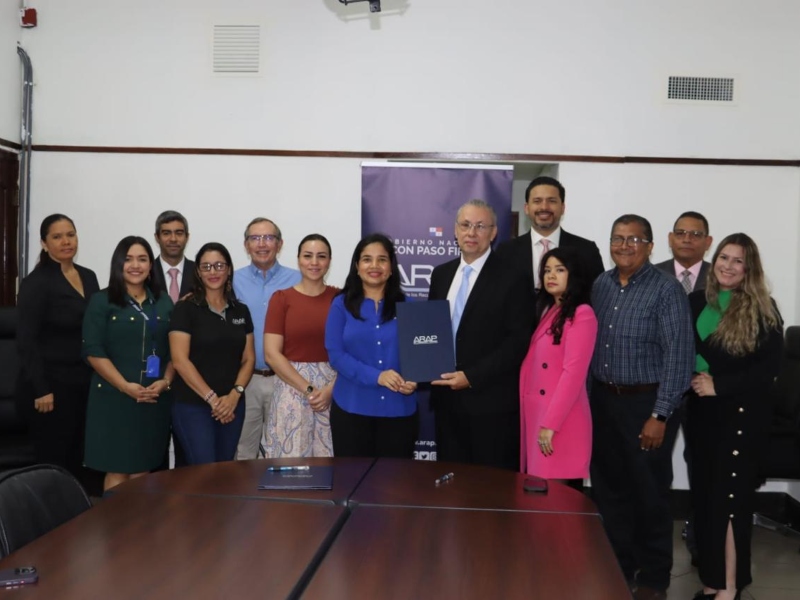We begin a new year reaffirming ALTA\’s strong mission to represent the voice of the aviation industry in Latin America and the Caribbean and to build bridges of collaboration within the industry and between the public and private sectors. We need to continue advancing on critical measures to make the region more competitive for the development of air transport, generate greater opportunities for the population and greater benefits for the countries.
We begin a new year reaffirming ALTA’s strong mission to represent the voice of the aviation industry in Latin America and the Caribbean and to build bridges of collaboration within the industry and between the public and private sectors. We need to continue advancing on critical measures to make the region more competitive for the development of air transport, generate greater opportunities for the population and greater benefits for the countries.
Building these bridges involves consistent teamwork, contributing technical knowledge, listening and making proposals. Since its inception, aviation has been an industry that challenges the status quo through innovation, that generates opportunities that were not thought of before, that generates development. And this has been and is possible when an ecosystem that works together is activated.
This work over the years has allowed aviation to become the safest and most efficient means of transport today. A means that transports people and goods even to remote places and, thus, brings opportunities, jobs and possibilities that otherwise would not exist.
In Latin America, one of the regions of the world with the greatest territorial extensions, mountain ranges, jungles and deserts, and in the Caribbean, a region made up of islands, we need air transport on a daily basis. It is an essential service.
However, air passenger demand is highly resilient. This means that any variation in the tariff to be paid is quickly and directly reflected in the number of travelers. Even what may seem like a few extra pesos in the final tariff paid by users can tip the balance for them to switch from the safest and most efficient means of transport to ground alternatives, or simply for international travelers who wish to visit a country to another destination where the air ticket is cheaper.
On January 1st, Colombia resumed charging 19% VAT on air tickets and, as we already know, this will have a major impact on the final price paid by users. In addition, fuel, which represents 50% of the air operators’ cost structure, will begin to pay new taxes in international operations, which represents an additional cost of US$ 20.3 million that will have an impact on tariffs. And this directly harms the population.
Despite the efforts made by the industry to generate more efficient operations and travel models that meet the needs of users, taxes, unrelated costs, inflation, currency devaluation and situations such as the rise in oil prices substantially increase the operation and, consequently, make the price of purchasing tickets more expensive for the population.
Let us not forget that the traveler in Colombia is not only the tourist, but also the worker, the families that need to travel safely. Raising taxes and, thus, substantially increasing ticket tariffs is a step backwards in the development path we have been following to democratize air transport and make it an increasingly inclusive service. The consequence will be a reduction in the population’s possibilities of accessing this service.
This will also have an impact that is not immediately apparent, and that is on the cost of cargo transportation, which is so important for the supply chains from which the population benefits on a daily basis. This is because 50% of air cargo is transported in the bellies of passenger aircraft and we must consider that, with the high tax costs and the decrease in travel demand, the possibility of transporting cargo may also be reduced and therefore the availability to transport goods and the increased costs associated with the products arriving at their destination.
How has a key role to play. One might think that increased receipts could come from an increase in the levy, but this would generate a decline in demand in the short term. A reduction in the tax facilitates access to services and thus broadens demand and generates consistent growth that leads to more tax revenue. In other words, reducing barriers to air transport prices generates a greater flow of travelers who, by spending more in the country, generate greater direct, indirect and induced revenues.
Taxes and unrelated costs should not further increase and reduce people’s chances of using the safest and most efficient means of transport. VAT is not the only tax that impacts the sector in Colombia. There are taxes with specific purposes related to the service, others that are partially dedicated to the service and others that go directly to the general coffers of the nation. Some of the taxes, fees and contributions are: Airport tax, VAT, Stamp tax or tax on departure abroad, Parafiscal to tourism. Some other taxes, fees and contributions paid by the airlines are the Special Contribution for the surveillance of the SuperTransport and Taxes on fuel. Taxation is undoubtedly an area of opportunity to improve the country’s competitiveness.
The travel and tourism sector is an important source of socioeconomic wellbeing for the country beyond oil. It is a sector that has been presenting a growing demand and, thus, a growing need for investment in personnel, education, infrastructure, technology, related services and more that will generate development for all sectors of the population.
At this stage of the construction of the National Development Plan for Colombia, we are once again at the disposal of the authorities to contribute with statistics, technical studies and constructive and proactive ideas that seek consensus and address the needs of the country in an efficient manner without imposing more barriers for the sector that generates more and more jobs and socioeconomic wellbeing for the entire population.
![]()































